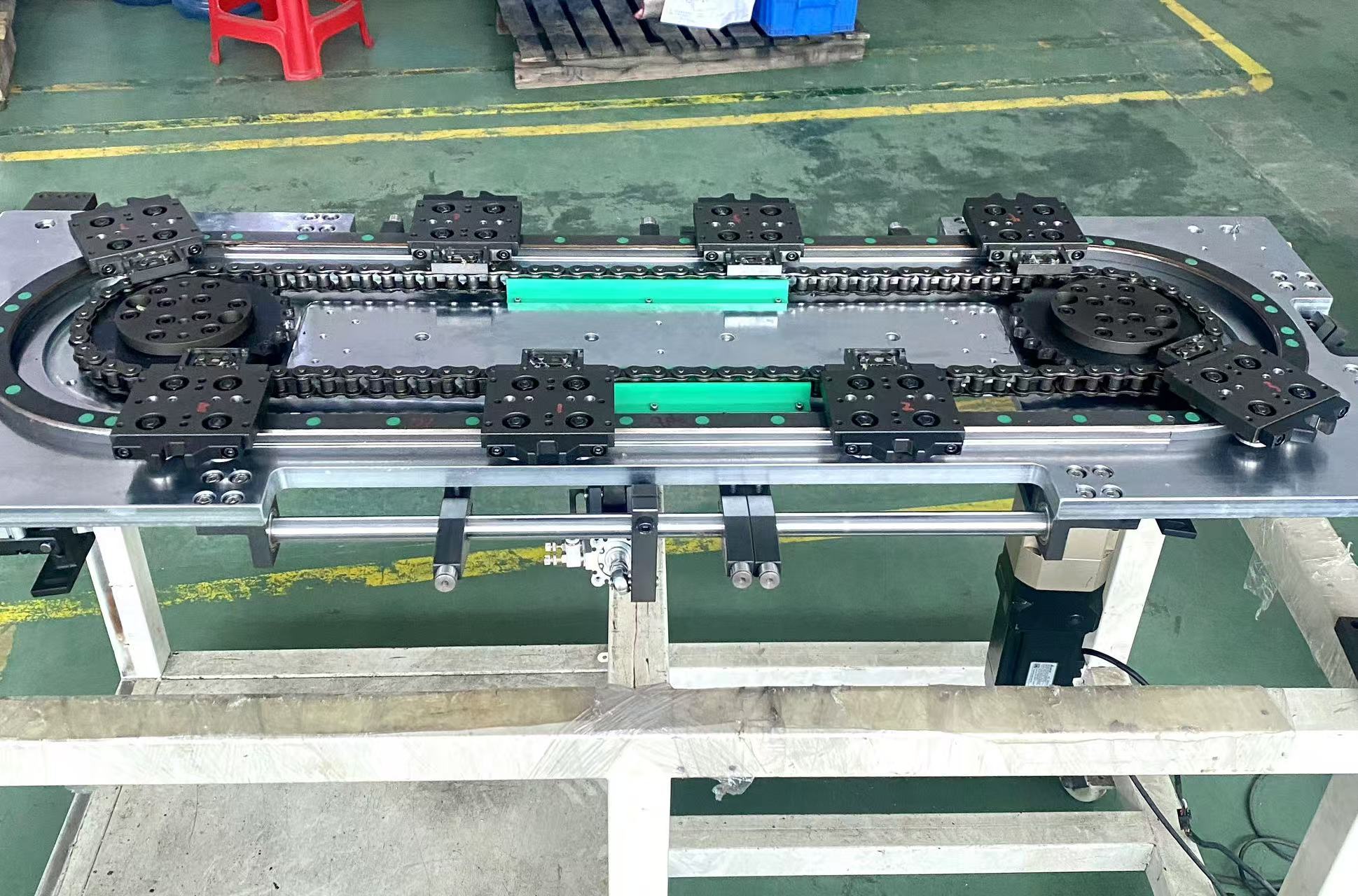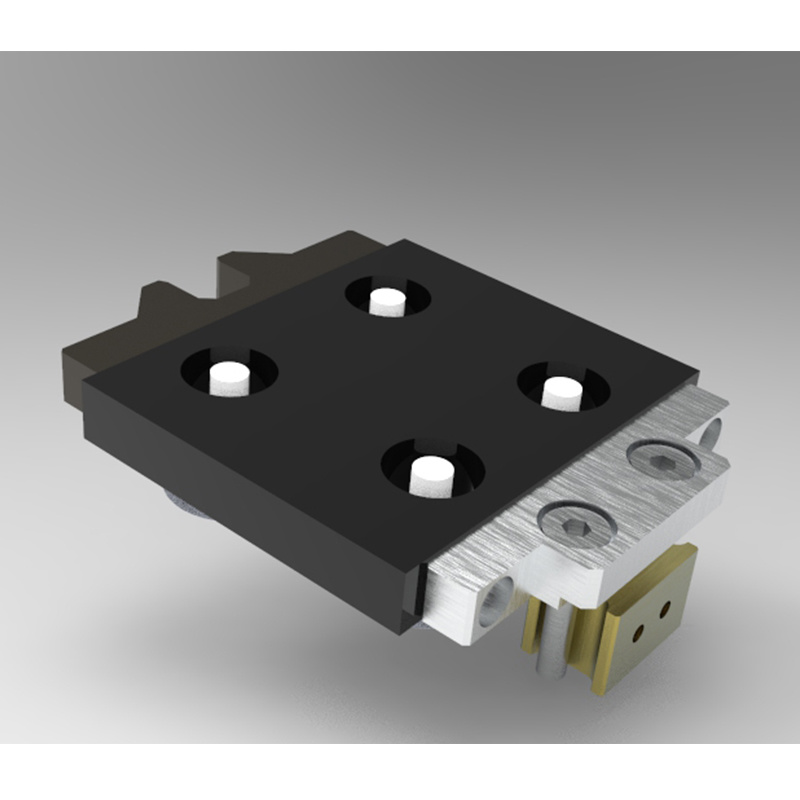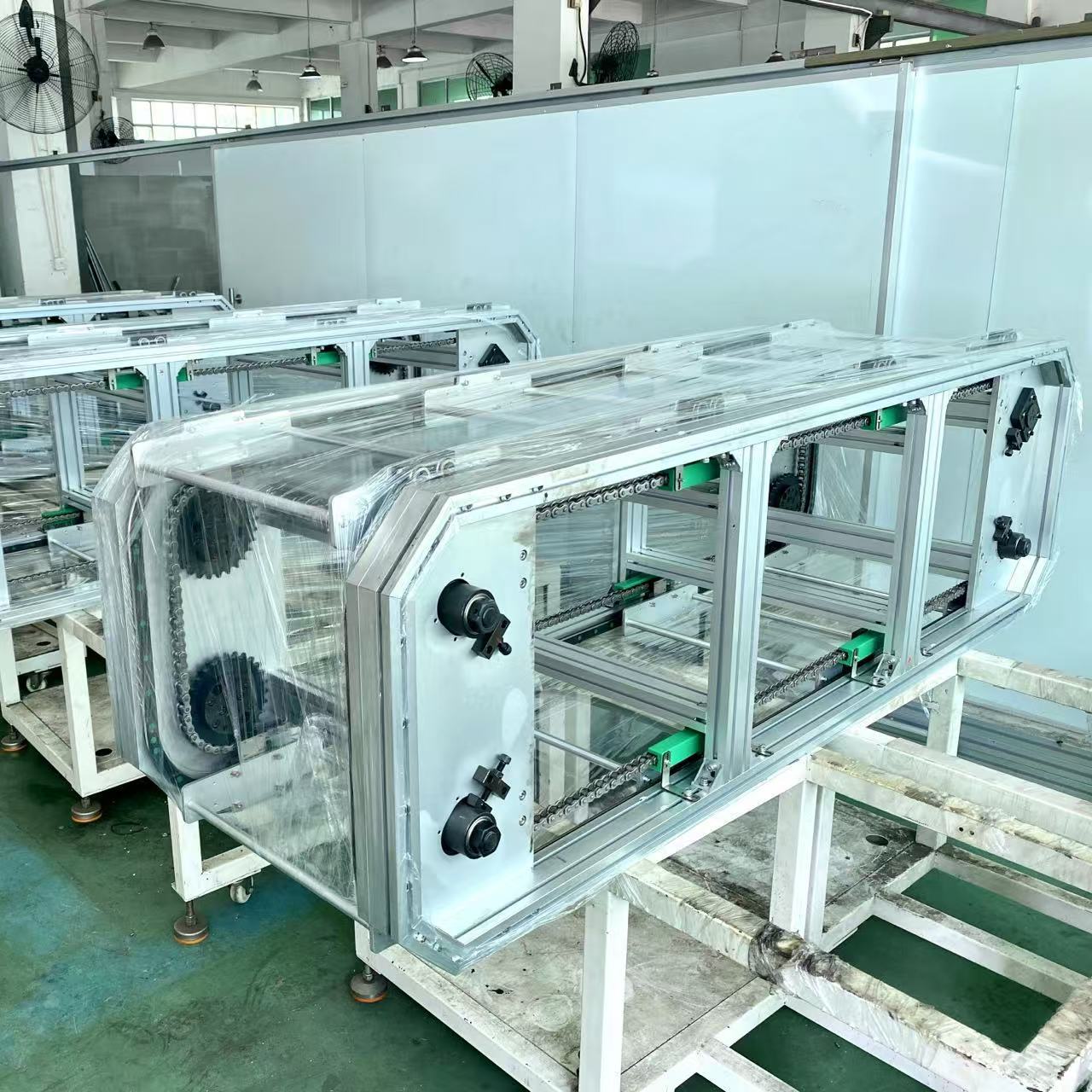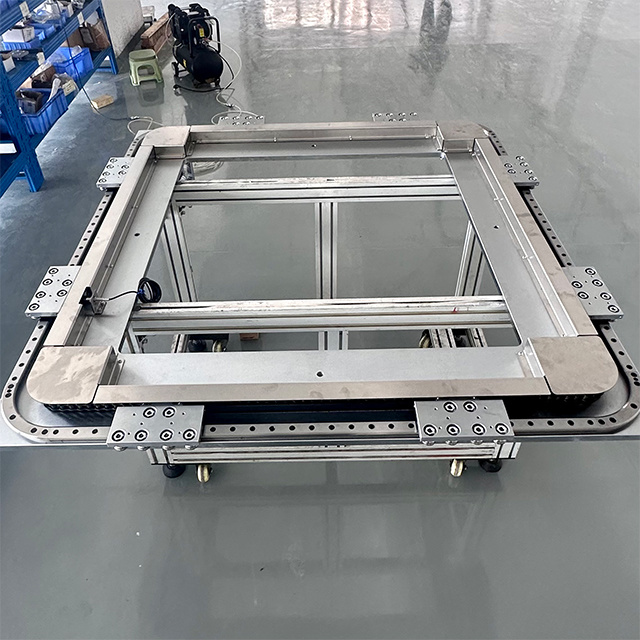Understanding Precision Curved Guides in Machining: Enhancing Performance and Efficiency
Apr 25,2025
Precision Curved Guides are integral components in the realm of manufacturing and machining, particularly in applications requiring high accuracy and smooth motion. These guides facilitate the movement of machinery parts along curved paths, allowing for complex operations that straight guides cannot achieve. Understanding these guides' features and applications can significantly enhance the perfor
Precision Curved Guides are integral components in the realm of manufacturing and machining, particularly in applications requiring high accuracy and smooth motion. These guides facilitate the movement of machinery parts along curved paths, allowing for complex operations that straight guides cannot achieve. Understanding these guides' features and applications can significantly enhance the performance of machining operations.
One of the primary benefits of Precision Curved Guides is their ability to provide consistent and precise motion control. Unlike traditional linear guides, which are limited to straight-line movement, curved guides are designed to follow a specific path, enabling machinery to perform tasks with a high degree of accuracy. This is particularly crucial in industries such as aerospace, automotive, and manufacturing, where precision is paramount.
The design of Precision Curved Guides incorporates advanced engineering principles, allowing them to withstand high loads and maintain structural integrity over time. They are typically constructed from durable materials that resist wear and tear, ensuring longevity and reliability. This durability makes them a preferable choice for high-speed and high-load applications, where other guide types may fail.
Furthermore, these guides contribute to smoother operation in machines, reducing vibrations and noise during processes. This not only enhances the comfort of operators but also minimizes wear on machines, leading to lower maintenance costs. In addition, smoother operation often translates to improved product quality, as precision in movement can result in better finishes and tighter tolerances.
When considering the implementation of Precision Curved Guides, it is essential to assess the specific requirements of your machining application. Factors such as the radius of curvature, load capacity, and environmental conditions should be evaluated to select the most suitable guide for your needs. Collaborating with engineers and technical experts can provide valuable insights into the best practices for integrating these guides into your machinery.
Moreover, as industries move towards automation and smart manufacturing, the integration of Precision Curved Guides is becoming increasingly relevant. They can be paired with advanced control systems to facilitate real-time adjustments, improving overall system efficiency. This adaptability ensures that businesses can respond swiftly to changing production demands without compromising on quality or precision.
In conclusion, Precision Curved Guides play a pivotal role in the manufacturing and machining sectors, offering unmatched advantages in motion control, durability, and operational efficiency. By understanding their features and applications, manufacturers can leverage these components to enhance their processes and achieve superior results. Whether you are upgrading existing machinery or designing new systems, considering Precision Curved Guides can lead to significant improvements in performance and productivity.
One of the primary benefits of Precision Curved Guides is their ability to provide consistent and precise motion control. Unlike traditional linear guides, which are limited to straight-line movement, curved guides are designed to follow a specific path, enabling machinery to perform tasks with a high degree of accuracy. This is particularly crucial in industries such as aerospace, automotive, and manufacturing, where precision is paramount.
The design of Precision Curved Guides incorporates advanced engineering principles, allowing them to withstand high loads and maintain structural integrity over time. They are typically constructed from durable materials that resist wear and tear, ensuring longevity and reliability. This durability makes them a preferable choice for high-speed and high-load applications, where other guide types may fail.
Furthermore, these guides contribute to smoother operation in machines, reducing vibrations and noise during processes. This not only enhances the comfort of operators but also minimizes wear on machines, leading to lower maintenance costs. In addition, smoother operation often translates to improved product quality, as precision in movement can result in better finishes and tighter tolerances.
When considering the implementation of Precision Curved Guides, it is essential to assess the specific requirements of your machining application. Factors such as the radius of curvature, load capacity, and environmental conditions should be evaluated to select the most suitable guide for your needs. Collaborating with engineers and technical experts can provide valuable insights into the best practices for integrating these guides into your machinery.
Moreover, as industries move towards automation and smart manufacturing, the integration of Precision Curved Guides is becoming increasingly relevant. They can be paired with advanced control systems to facilitate real-time adjustments, improving overall system efficiency. This adaptability ensures that businesses can respond swiftly to changing production demands without compromising on quality or precision.
In conclusion, Precision Curved Guides play a pivotal role in the manufacturing and machining sectors, offering unmatched advantages in motion control, durability, and operational efficiency. By understanding their features and applications, manufacturers can leverage these components to enhance their processes and achieve superior results. Whether you are upgrading existing machinery or designing new systems, considering Precision Curved Guides can lead to significant improvements in performance and productivity.
Hot Tags:
Related News













